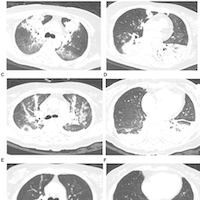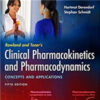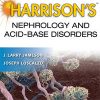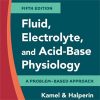COVID-19: A Critical Analysis of Chloroquine and Hydroxychloroquine Clinical Pharmacology
journals.plos.org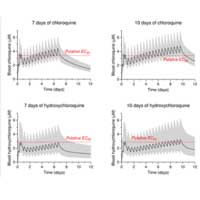
Chloroquine and hydroxychloroquine have been used for over 60 years in the treatment of malaria, amoebic liver abscess, and several rheumatological conditions, but their clinical pharmacology is not well understood. COVID-19 is a new potential indication, although these drugs have only moderate in vitro activity against the SARS-CoV-2 virus and there is no convincing evidence at this time of significant clinical efficacy.
Chloroquine and hydroxychloroquine both have unusual pharmacokinetic properties with enormous apparent volumes of distribution (chloroquine > hydroxychloroquine) and very slow elimination from the body (terminal elimination half-lives > 1 month).
The free plasma concentrations that drive potentially serious adverse reactions (hypotension, cardiac conduction disturbances, delayed ventricular repolarization, and neurotoxicity) are determined largely by distribution processes.
Hydroxychloroquine was slightly safer than chloroquine in preclinical testing and is considered better tolerated over the long term. Both drugs are dangerous when overdosed, and parenteral administration needs careful control.




